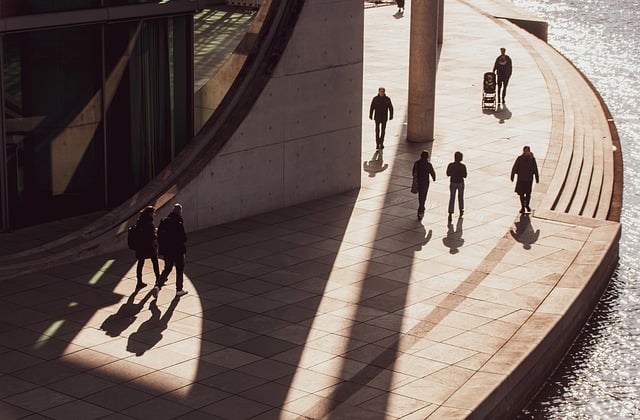Art has always been a playground for the imagination, a canvas where boundaries can be tested, shattered, and redefined. However, it’s fascinating to explore the concept of restriction in painting design, where limitations become a source of inspiration rather than an obstacle. In this post, we’ll delve into how artistic boundaries can create pathways for deeper creativity and expression.
To some, the word restriction carries a negative connotation, evoking feelings of confinement and limitation. Yet, in the world of art, particularly painting, restrictions can often lead to some of the most innovative and powerful designs. Imagine a painter faced with a limited palette; instead of despairing, they may discover a new vibrancy in mixing colors that they might not have explored if given every shade imaginable.
Consider how many renowned artists have embraced restrictions in their creative process. For instance, Piet Mondrian’s devotion to geometric shapes and a strict color palette paved the way for the development of abstract art. By adhering to self-imposed limitations, he was able to explore profound ideas of balance, harmony, and simplicity. This journey through restriction allows viewers to engage with the artwork at a fundamental level, uncovering layers and meanings that might be overlooked in more complex compositions.
Restrictions can also emerge from themes or artistic movements. The art of minimalism, for instance, strips away the excess to focus on the essential, demanding that both the artist and the observer confront the beauty in simplicity. This approach to design emphasizes clarity and intention, encouraging a dialogue about what is truly necessary within a work of art.
Moreover, the act of setting limitations can often push artists beyond their comfort zones, inviting unexpected techniques and concepts to emerge. When faced with the challenge of creating within specific confines, artists are compelled to think critically and adaptively. This prompts a sense of exploration, enabling them to find creative solutions that they otherwise might not have discovered.
In practice, applying restrictions in painting design can take various forms. Artists might choose to limit themselves to certain materials, like only using natural pigments or recycled materials. This decision can spark a deep connection to the environment, inspiring not only the aesthetic but also the underlying message within the work. Such limitations encourage artists to dig deeper into the source of their materials and the history they carry, enriching the overall narrative of their creations.
On a more personal level, many artists experience periods of creative block that lead to unintentional restrictions. During these times, embracing constraints, such as dedicating oneself to a single medium or theme, can initiate a breakthrough. This method acts as a gentle nudge, guiding the creative spirit back into the flow of artistic expression.
Ultimately, the exploration of restriction in painting design challenges both artists and audiences to redefine their perspectives on creativity. Rather than viewing limitations as impediments, embracing them can unlock a wealth of potential. In this ever-evolving landscape of art and design, the boundaries we set may very well become the pathways that lead us to unexpected and beautiful destinations.



